AIOps and MLOps are two new frameworks that have taken centre stage and are being discussed in the context of enterprise AI transformation. While both involve the use of machine learning (ML), designed to simplify certain complexities within the enterprise, they aim to solve performance, automation, and specific operational challenges, serving distinct purposes. AIOps is focused on automating and stabilizing the enterprise’s infrastructure, whereas MLOps, supported by advanced ML development services, governs and optimizes workflows for various machine learning tasks.
To derive value from both AIOps and MLOps, organizations need to have expertise, particularly in the case of scaling MLOps frameworks, to bridge the gap between consulting frameworks and the real business context. According to Market & Market Research statistics, the global AIOps market is projected to grow to $32.4 billion by 2028, with a CAGR of 22.7%. Meanwhile, the global MLOps market is expected to reach $10.4 billion by 2028, with a CAGR of 28.6%. The consistency in these figures and advancements in AI and ML technologies is remarkable.
Understanding the Differences: AIOps vs. MLOps
Although both AIOps and MLOps have unique functions, their intersection is critical in a broader IT and data ecosystem. Two acronyms increasingly dominate discussions—yet they often get confused or used interchangeably. Despite sharing a common foundation rooted in artificial intelligence (AI) and automation, they serve distinctly different purposes. Partnering with a trusted AI development company can help organizations implement these technologies more efficiently and align them with business objectives.
Understanding what separates AIOps from MLOps is crucial for such companies/organizations aiming to modernize IT operations and harness AI effectively. This blog breaks down their unique roles, core differences, and how they complement each other in today’s digital ecosystems.
| Aspect | AIOps | MLOps |
| Primary Role | Automates and enhances IT operations and infrastructure management | Manages the entire lifecycle of machine learning models |
| Core Users | IT Operations teams, Site Reliability Engineers (SREs), DevOps | Data Scientists, ML Engineers, ML Platform Engineering teams |
| Focus Area | IT infrastructure monitoring, anomaly detection, root cause analysis | ML model development, deployment, monitoring, and retraining |
| Data Handled | Logs, metrics, events, and alerts from IT systems | Training data, feature stores, model artifacts, inference data |
| Layer of Operation | IT Operations layer: monitors and manages IT assets and applications | ML Operations layer: manages model workflows and governance |
| Automation Target | Incident detection, predictive analytics, automated remediation | Continuous integration/deployment of ML models, automatic retraining |
| Collaboration Scope | Coordinates IT teams, breaks down silos in operations | Bridges data scientists and engineering teams for ML production |
| Ecosystem Interaction | Enhances IT monitoring and management tools like Prometheus, Splunk | Integrates with ML frameworks, experiment tracking, and deployment tools |
| Goal | Stable, reliable, and self-healing IT environments | Reliable, scalable, and continuously improving ML systems |
Also Read: DevOps Challenges and Solutions
What Is AIOps?
AIOps, or Artificial Intelligence for IT Operations, refers to the application of AI and machine learning technologies aimed at automating and enhancing IT infrastructure management and operational workflows. As enterprise IT environments become more complex—handling multi-cloud, hybrid, and microservices architectures—traditional monitoring falls short. AIOps steps in to make sustained, real-time analysis and action possible.
Core components of AIOps include:
- Data Ingestion:
AIOps platforms must collect and consolidate data from a multitude of IT sources, such as logs, metrics, traces, events, and alerts. This data can be streaming or batch and must be normalized to ensure uniform processing.
- Data Storage:
To handle the massive volume and variety of operational data, AIOps employs high-performance, scalable storage systems. This enables both real-time incident detection and long-term trend analysis and capacity planning.
- Analytics Engine:
This is the heart of AIOps, where algorithms, including machine learning models, analyze the ingested data. It identifies anomalies, correlates events, predicts potential failures, and determines root causes, enabling proactive IT management.
- Automation and Orchestration:
Beyond detection, AIOps automates remediation workflows—scripts to restart services, scale resources, or alert human operators—reducing downtime and manual toil.
- Visualization and Insights:
AIOps offers dashboards and reporting tools that convert complex data into actionable visualizations for IT teams, improving situational awareness and decision-making.
Read more: Discover how artificial intelligence transforms software delivery pipelines and automation in our blog — Role of AI in DevOps.
What Is MLOps?
MLOps, or Machine Learning Operations, focuses on streamlining the machine learning model lifecycle, ensuring models are developed, deployed, and maintained efficiently and reliably. While AI powers both AIOps and MLOps, MLOps specifically facilitates collaboration between data scientists, machine learning engineers, and DevOps development teams to operationalize ML.
Core components of AIOps include:
- Data Management:
MLOps pipelines begin with collecting, cleaning, and organizing large datasets. They harness feature stores and dataset versioning to support reproducible model training.
- Model Development and Training:
This involves experimentation and selection of appropriate ML models using training datasets, typically via iterative tuning and validation.
- Model Deployment:
MLOps ensures the smooth transition of models into production environments, managing containerization, scaling, and serving for real-time or batch predictions.
- Monitoring and Management:
Once deployed, models are monitored for performance degradation, bias, or data drift. MLOps platforms support automated retraining or alert teams to intervene.
- Collaboration and Governance:
MLOps includes tracking experiments, version control, compliance, and auditability measures to maintain quality and regulatory adherence.
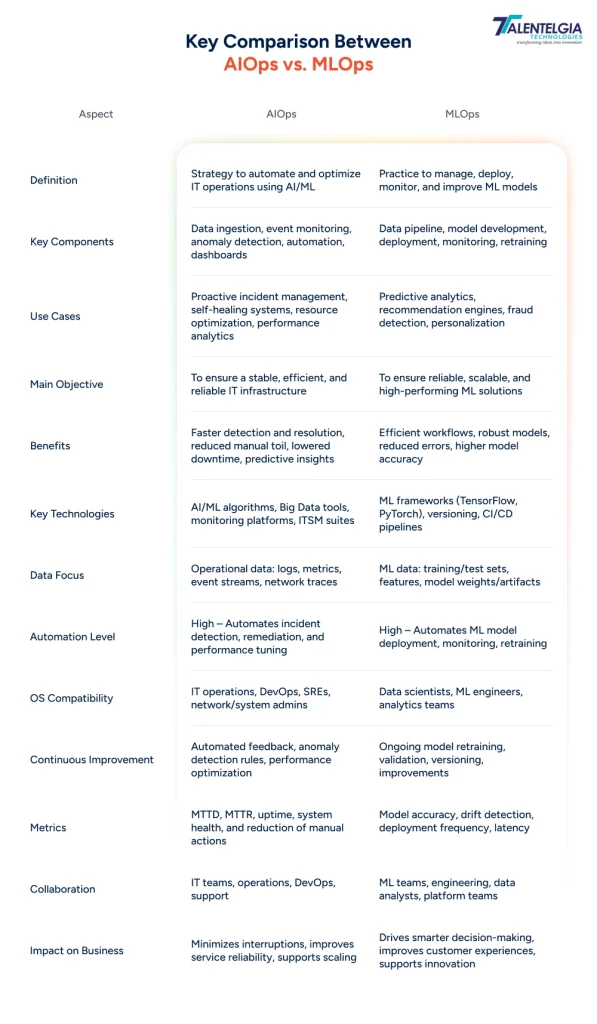
Best Practices of AIOps & MLOps for Efficient Implementation & ROI
Organizations that implement these approaches successfully tend to adhere to these previously established best practices for AIOps and MLOps. They begin with having clearly stated target goals and expected results. They also employ gradual implementation techniques, which allow them to establish a solid groundwork before introducing more advanced functionalities.
1. Define Clear Objectives and Align with Business Goals
Before launching AIOps or MLOps, clarify the specific problems you want to solve and how success will be measured. Clear KPIs like mean time to detect (MTTD), mean time to resolution (MTTR) for AIOps, or model accuracy and uptime for MLOps, help keep teams focused on delivering actionable outcomes.
- Aligning technical goals with business priorities ensures stakeholder buy-in and better resource allocation.
- Regularly revisit and refine objectives to adapt to evolving organizational needs.
2. Foster Cross-Functional Collaboration
AIOps bridges IT operations, security, compliance, and business units, while MLOps connects data scientists, developers, and DevOps engineers.
- Break down silos across teams for cohesive workflows.
- Promote transparent communication to accelerate issue resolution and model improvements.
- Encourage feedback loops where operational insights inform model retraining and vice versa.
Collaboration ensures that both AIOps and MLOps platforms are grounded in real-world contexts and user needs.
3. Invest in Robust Data Infrastructure & Quality Management
Data is the lifeblood of both AIOps and MLOps. Reliable ingestion, storage, and access to high-quality data are crucial.
- Establish automated data pipelines to improve real-time observability and model training.
- Implement data governance policies to ensure accuracy, consistency, and security.
- Avoid “garbage in, garbage out” scenarios by continuously monitoring data health.
Strong data foundations enable precise anomaly detection and effective model performance.
4. Automate Deployments and Continuous Monitoring
Scalability and agility depend on automation of testing, deployment, and monitoring.
- Use CI/CD pipelines for ML models and AIOps automation scripts alike.
- Automate rollback procedures to mitigate risks from faulty updates.
- Monitor both model drift and IT system health continuously to address issues proactively.
Automation reduces manual toil and allows teams to focus on innovation over routine maintenance.
5. Emphasize Explainability and Governance
As AI-driven operations affect critical business functions, transparency and compliance become paramount.
- Implement explainability frameworks so stakeholders can trust AI decisions.
- Keep audit trails and version control for models and automation rules.
- Align with regulatory standards for data privacy, security, and ethical AI.
Strong governance ensures sustainable operations and avoids costly compliance missteps.
6. Plan for Continuous Improvement and Learning
Neither AIOps nor MLOps is are “set and forget” solution.
- Schedule regular model retraining and validation cycles based on new data and outcomes.
- Use feedback from incident performance and user experience to refine algorithms.
- Train teams continuously on new tools, techniques, and best practices.
A culture of learning and adaptability drives long-term ROI and operational maturity.
Conclusion
In AI and machine learning, two key strategies stand out: AIOps and MLOps. MLOps focuses on optimizing the entire machine learning lifecycle to ensure models are efficient and reliable, while AIOps automates AI operations to streamline IT processes. For organizations aiming for maximum reliability, scalability, and effectiveness, integrating both MLOps and AIOps is essential. This synergy unlocks the full power of these technologies, paving the way for stronger, more sustainable solutions.
With an expert IT team, Talentelgia Technologies is equipped to offer customized MLOps and AIOps services.
Contact Us to fit your unique business needs, backed by expert insights and strategic outsourcing plans.


 Healthcare App Development Services
Healthcare App Development Services
 Real Estate Web Development Services
Real Estate Web Development Services
 E-Commerce App Development Services
E-Commerce App Development Services E-Commerce Web Development Services
E-Commerce Web Development Services Blockchain E-commerce Development Company
Blockchain E-commerce Development Company
 Fintech App Development Services
Fintech App Development Services Fintech Web Development
Fintech Web Development Blockchain Fintech Development Company
Blockchain Fintech Development Company
 E-Learning App Development Services
E-Learning App Development Services
 Restaurant App Development Company
Restaurant App Development Company
 Mobile Game Development Company
Mobile Game Development Company
 Travel App Development Company
Travel App Development Company
 Automotive Web Design
Automotive Web Design
 AI Traffic Management System
AI Traffic Management System
 AI Inventory Management Software
AI Inventory Management Software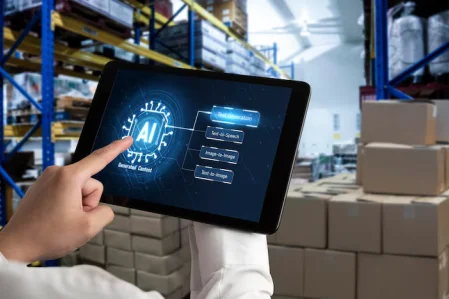
 AI Software Development
AI Software Development  AI Development Company
AI Development Company  AI App Development Services
AI App Development Services  ChatGPT integration services
ChatGPT integration services  AI Integration Services
AI Integration Services  Generative AI Development Services
Generative AI Development Services  Natural Language Processing Company
Natural Language Processing Company Machine Learning Development
Machine Learning Development  Machine learning consulting services
Machine learning consulting services  Blockchain Development
Blockchain Development  Blockchain Software Development
Blockchain Software Development  Smart Contract Development Company
Smart Contract Development Company  NFT Marketplace Development Services
NFT Marketplace Development Services  Asset Tokenization Company
Asset Tokenization Company DeFi Wallet Development Company
DeFi Wallet Development Company Mobile App Development
Mobile App Development  IOS App Development
IOS App Development  Android App Development
Android App Development  Cross-Platform App Development
Cross-Platform App Development  Augmented Reality (AR) App Development
Augmented Reality (AR) App Development  Virtual Reality (VR) App Development
Virtual Reality (VR) App Development  Web App Development
Web App Development  SaaS App Development
SaaS App Development Flutter
Flutter  React Native
React Native  Swift (IOS)
Swift (IOS)  Kotlin (Android)
Kotlin (Android)  Mean Stack Development
Mean Stack Development  AngularJS Development
AngularJS Development  MongoDB Development
MongoDB Development  Nodejs Development
Nodejs Development  Database Development
Database Development Ruby on Rails Development
Ruby on Rails Development Expressjs Development
Expressjs Development  Full Stack Development
Full Stack Development  Web Development Services
Web Development Services  Laravel Development
Laravel Development  LAMP Development
LAMP Development  Custom PHP Development
Custom PHP Development  .Net Development
.Net Development  User Experience Design Services
User Experience Design Services  User Interface Design Services
User Interface Design Services  Automated Testing
Automated Testing  Manual Testing
Manual Testing  Digital Marketing Services
Digital Marketing Services 
 Ride-Sharing And Taxi Services
Ride-Sharing And Taxi Services Food Delivery Services
Food Delivery Services Grocery Delivery Services
Grocery Delivery Services Transportation And Logistics
Transportation And Logistics Car Wash App
Car Wash App Home Services App
Home Services App ERP Development Services
ERP Development Services CMS Development Services
CMS Development Services LMS Development
LMS Development CRM Development
CRM Development DevOps Development Services
DevOps Development Services AI Business Solutions
AI Business Solutions AI Cloud Solutions
AI Cloud Solutions AI Chatbot Development
AI Chatbot Development API Development
API Development Blockchain Product Development
Blockchain Product Development Cryptocurrency Wallet Development
Cryptocurrency Wallet Development About Talentelgia
About Talentelgia  Our Team
Our Team  Our Culture
Our Culture 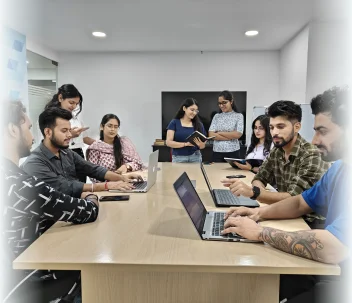
 Healthcare App Development Services
Healthcare App Development Services Real Estate Web Development Services
Real Estate Web Development Services E-Commerce App Development Services
E-Commerce App Development Services E-Commerce Web Development Services
E-Commerce Web Development Services Blockchain E-commerce
Development Company
Blockchain E-commerce
Development Company Fintech App Development Services
Fintech App Development Services Finance Web Development
Finance Web Development Blockchain Fintech
Development Company
Blockchain Fintech
Development Company E-Learning App Development Services
E-Learning App Development Services Restaurant App Development Company
Restaurant App Development Company Mobile Game Development Company
Mobile Game Development Company Travel App Development Company
Travel App Development Company Automotive Web Design
Automotive Web Design AI Traffic Management System
AI Traffic Management System AI Inventory Management Software
AI Inventory Management Software AI Software Development
AI Software Development AI Development Company
AI Development Company ChatGPT integration services
ChatGPT integration services AI Integration Services
AI Integration Services Machine Learning Development
Machine Learning Development Machine learning consulting services
Machine learning consulting services Blockchain Development
Blockchain Development Blockchain Software Development
Blockchain Software Development Smart contract development company
Smart contract development company NFT marketplace development services
NFT marketplace development services IOS App Development
IOS App Development Android App Development
Android App Development Cross-Platform App Development
Cross-Platform App Development Augmented Reality (AR) App
Development
Augmented Reality (AR) App
Development Virtual Reality (VR) App Development
Virtual Reality (VR) App Development Web App Development
Web App Development Flutter
Flutter React
Native
React
Native Swift
(IOS)
Swift
(IOS) Kotlin (Android)
Kotlin (Android) MEAN Stack Development
MEAN Stack Development AngularJS Development
AngularJS Development MongoDB Development
MongoDB Development Nodejs Development
Nodejs Development Database development services
Database development services Ruby on Rails Development services
Ruby on Rails Development services Expressjs Development
Expressjs Development Full Stack Development
Full Stack Development Web Development Services
Web Development Services Laravel Development
Laravel Development LAMP
Development
LAMP
Development Custom PHP Development
Custom PHP Development User Experience Design Services
User Experience Design Services User Interface Design Services
User Interface Design Services Automated Testing
Automated Testing Manual
Testing
Manual
Testing About Talentelgia
About Talentelgia Our Team
Our Team Our Culture
Our Culture
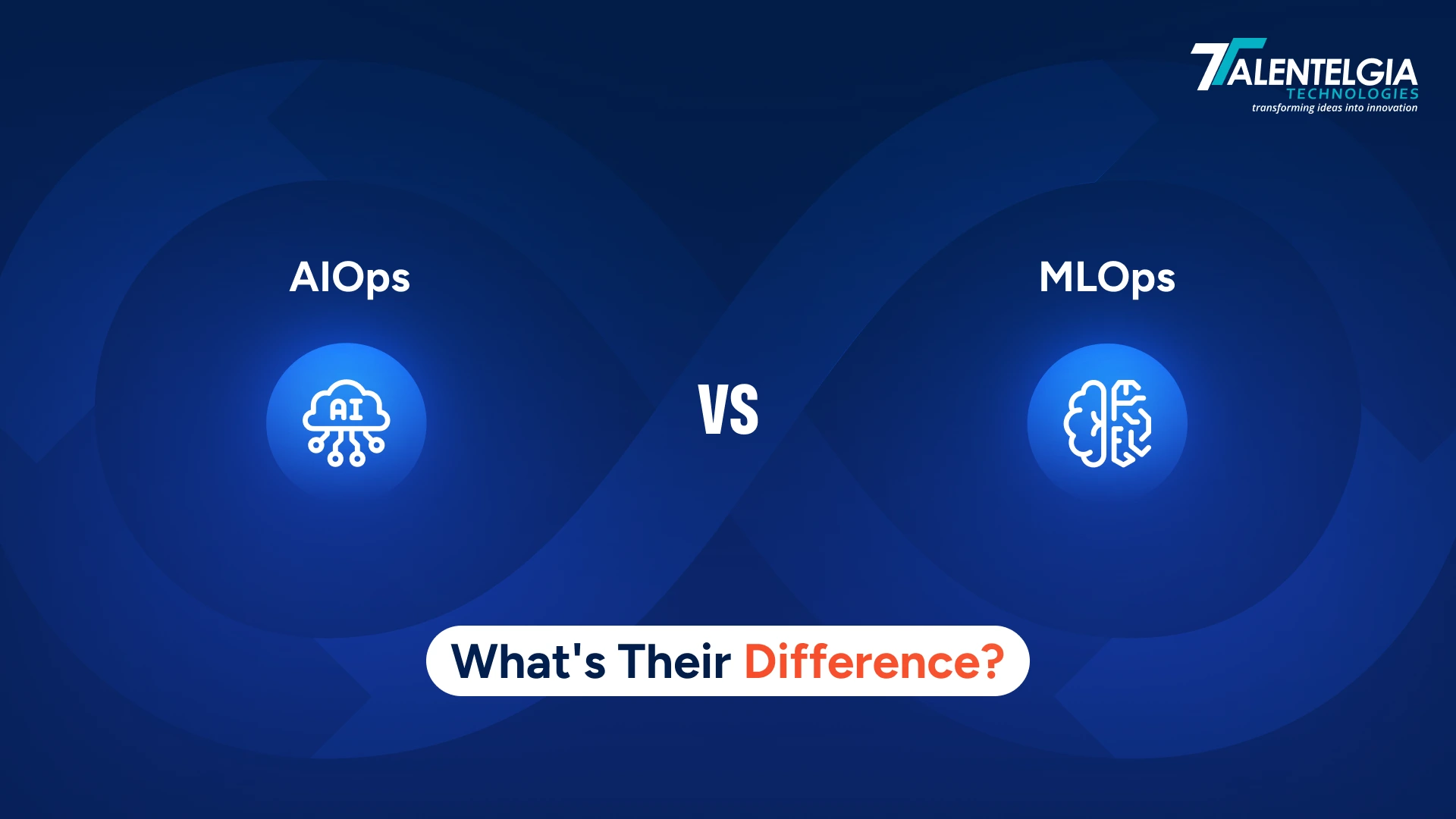
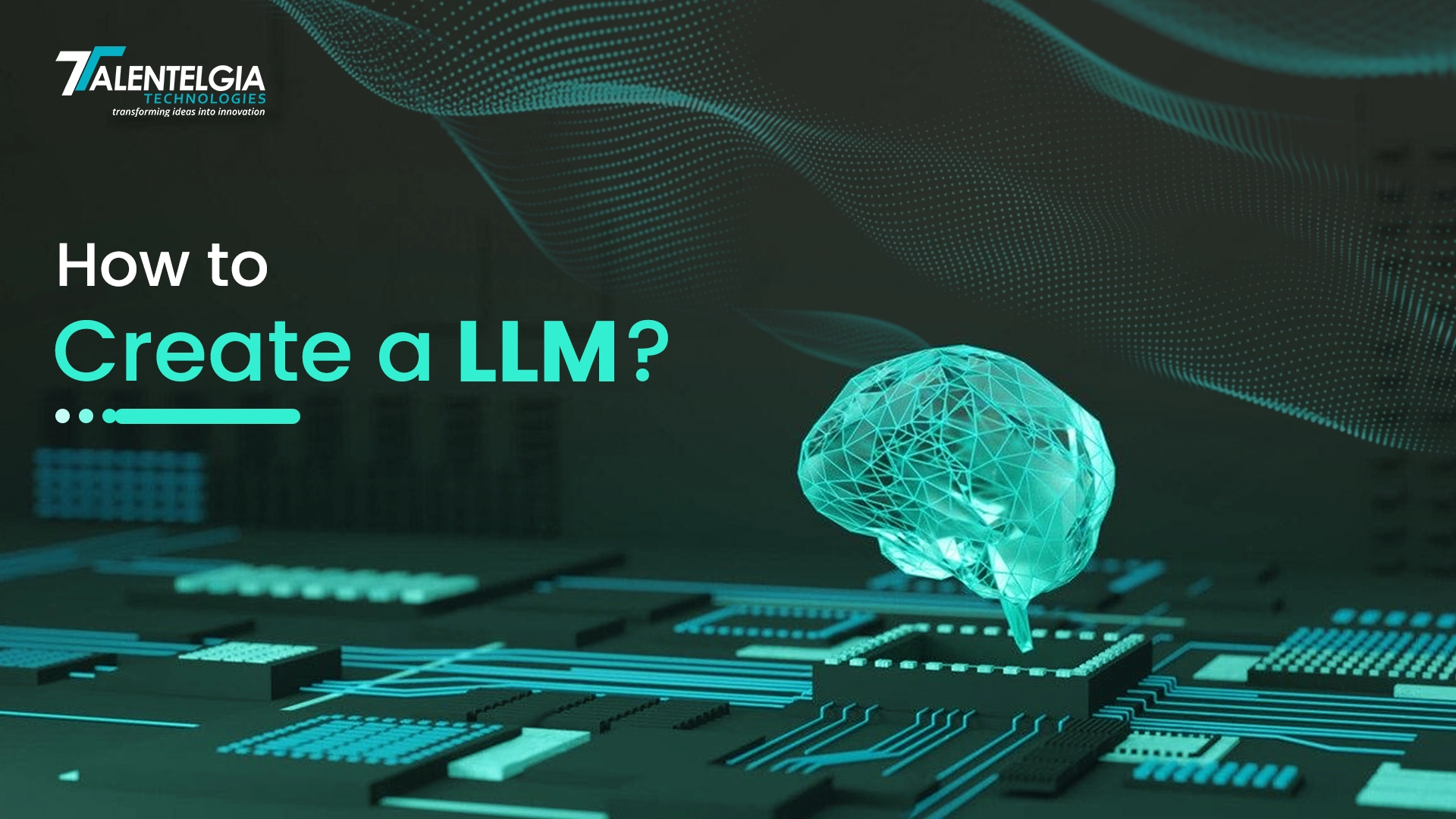

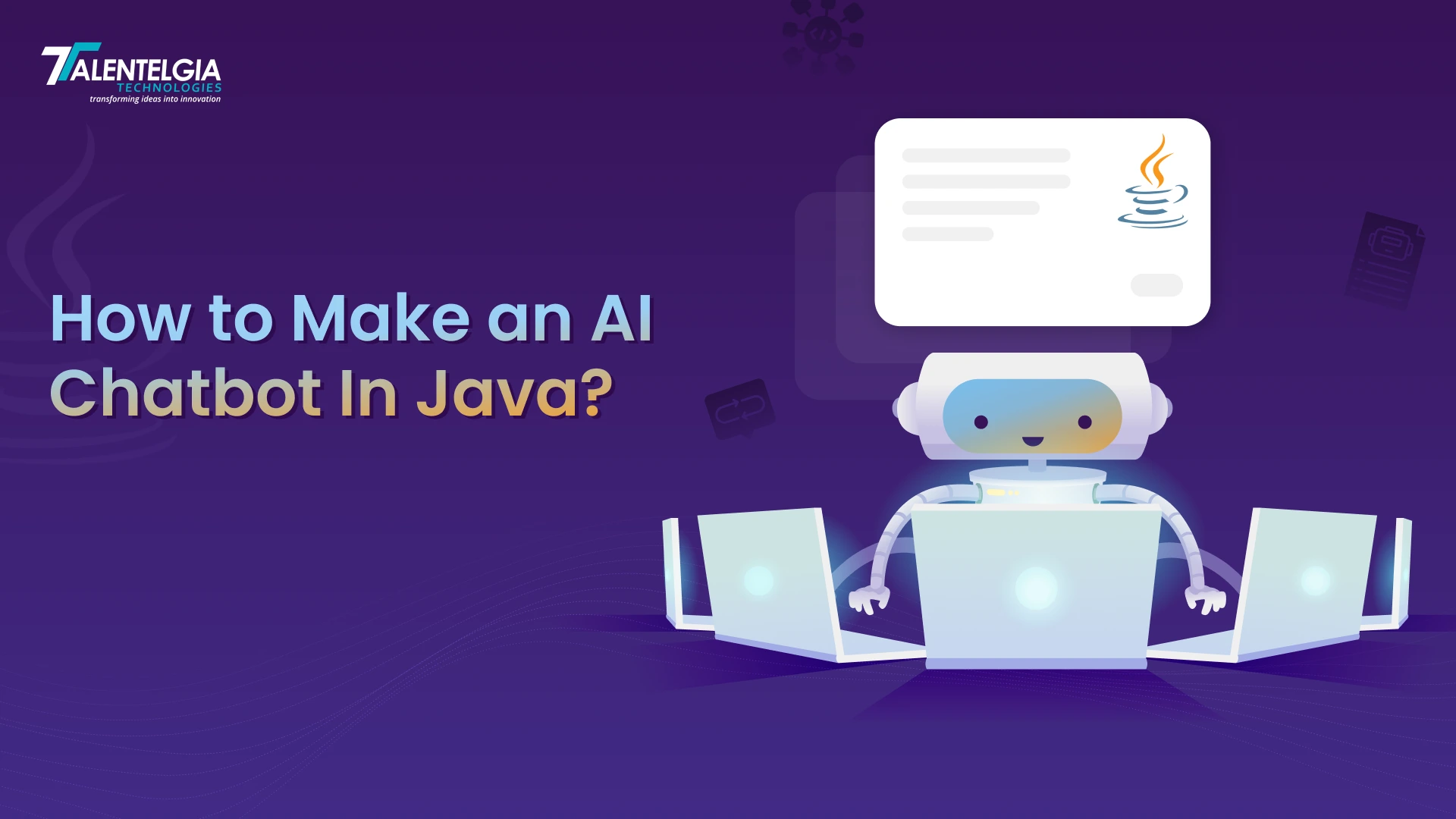

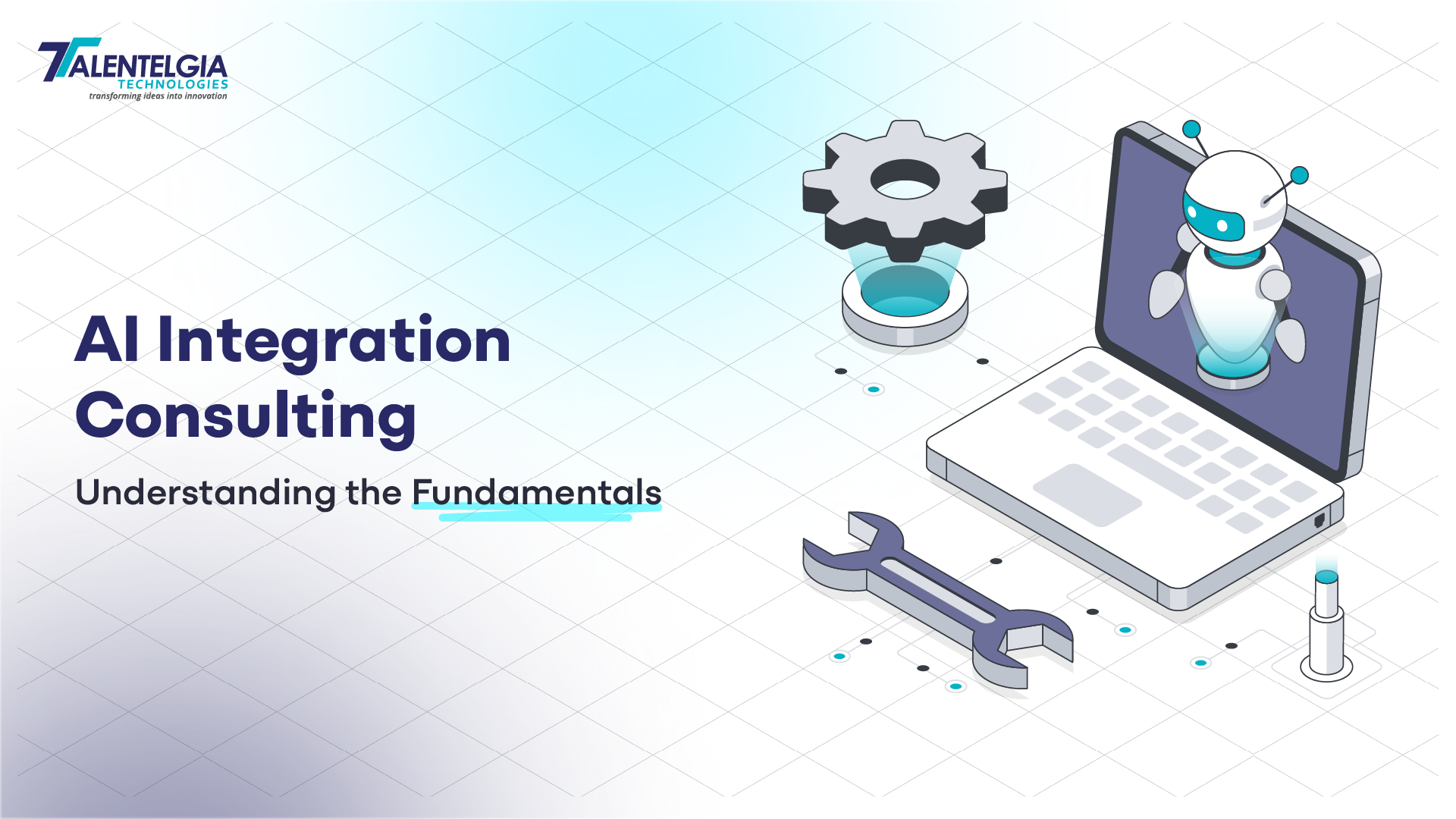










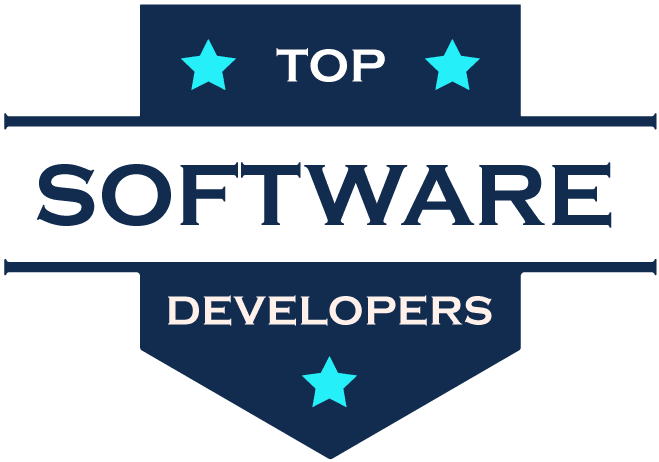
 Write us on:
Write us on:  Business queries:
Business queries:  HR:
HR: 




